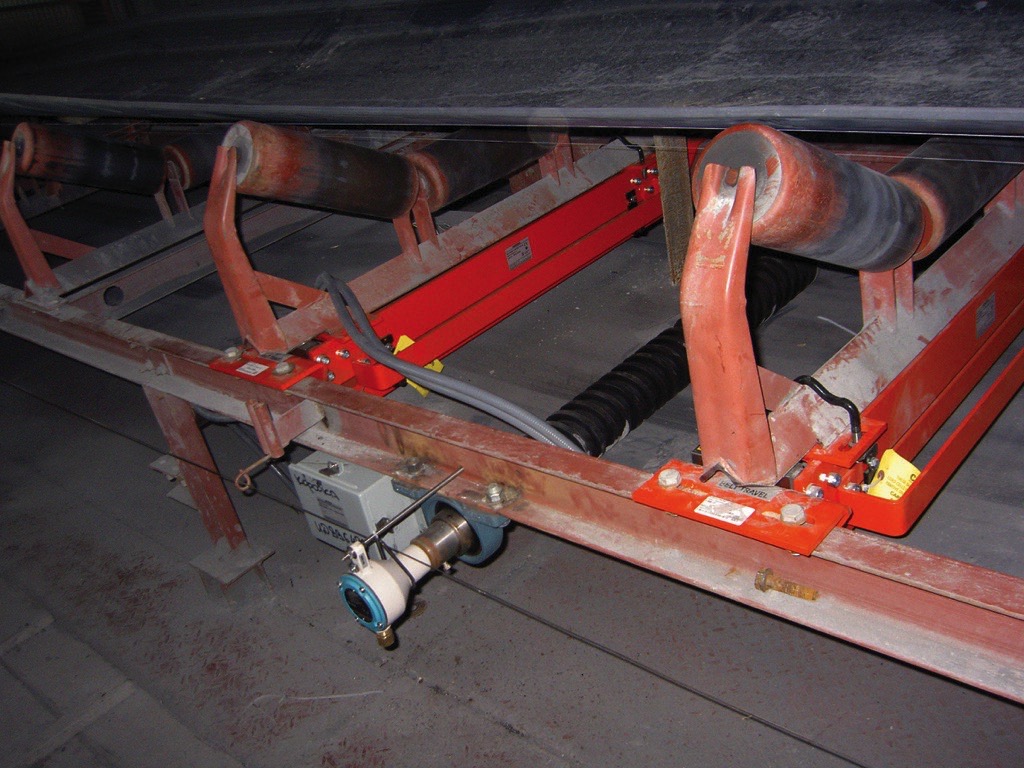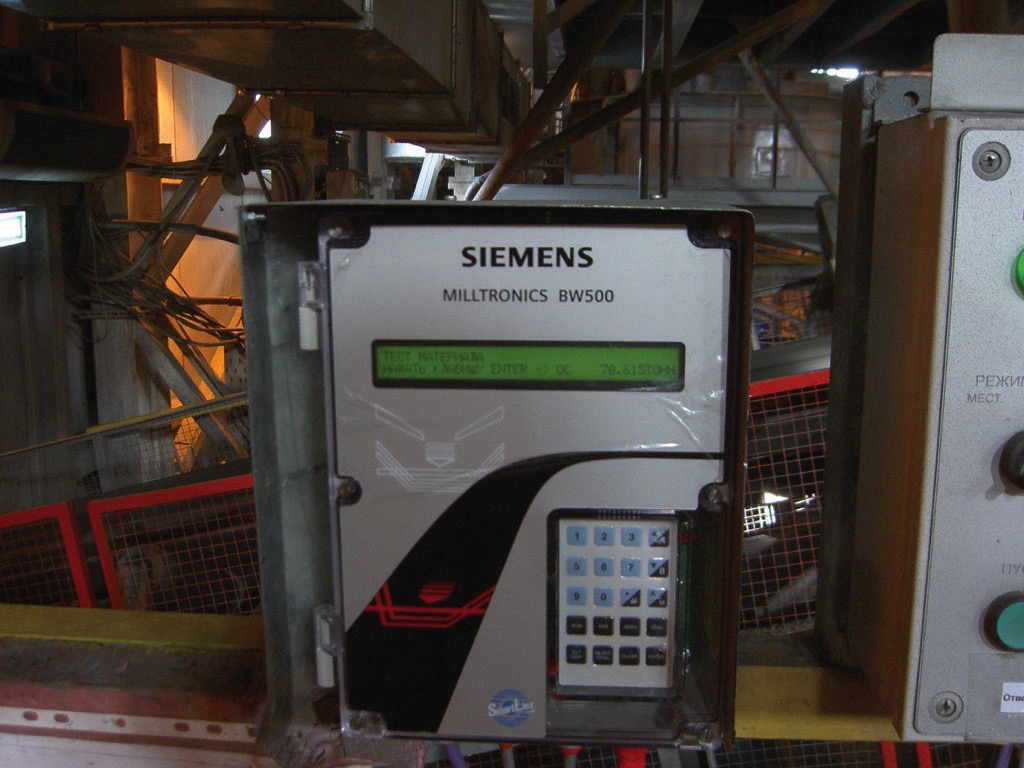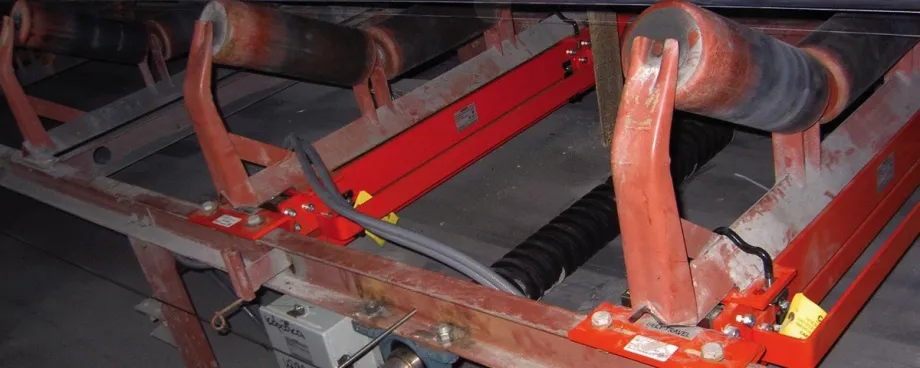(From the archive of ”bulk solids handling", article published in Vol. 34 (2014) No. 6 , ©2014 bulk-online.com)Rings, watches, necklaces – walk down the street and you’ll see shiny gold jewelry of all shapes and sizes. Yet this expensive material starts out like any other mineral: in the ground, dirty, and waiting to be discovered.The Mayskoe site, part of Polymetal International, is a precious minerals processing plant in northeastern Russia’s Chaun district. One of the top five deposits in Russia in terms of gold resources, the site consists of an on-site flotation concentrator and a high-grade refractory gold deposit. With the help of Siemens belt weighing technology, this company accurately and reliably measures its gold ore during transport to the site’s ball mill.
From the Ground to solid Gold
Primarily, the refractory ore is processed using conventional flotation on site. The concentrate is shipped to another plant for further processing using pressure oxidation and cyanidation technologies.The site is accessible all year round via 187 kilometers of unpaved road from the town of Pevek, a major seaport operating from July to early November.

The conveyor has a 1300 millimeter (51 inch) wide belt and runs at 0.64 meters (two feet) per second. The gold is transported at a nominal flow rate of 110 tons per hour (121 short tons). The 143 meter long conveyer is equipped with a gravimetric tensioner to ensure a constant belt tension along its entire length. Idlers are spaced on the conveyor every one meter (3.2 feet).Although not a scale intended for use in trade or load out, the company required that it meet metrological approvals for the local governing agency. In Russia this is known as GOST Metrological. Siemens is one of the few companies in the world that has this approval for its belt scales.The Mayskoe site already had a scale installed from a competitor: a full frame four-idler design. Unfortunately, the scale was installed in an area near the drive pulley, which is challenging for accurate weighing performance. The reason was due to its size and the fact that the conveyor is curved, limiting the options for installation based on these constraints.The four-idler model was reporting an accuracy above 1% and also experienced temperature-related issues. At sub-zero temperatures, the four-idler model would produce a significant error. When the customer investigated the situation, it was identified that the large frame of the four-idler scale had been deformed as a result of the forces due to thermal expansion and contraction. This was causing the load cells to output incorrect signals interpreted as product weight, which falsified the measurement.
Better Accuracy to the Rescue
Siemens offered the Milltronics MMI belt scale, a combination of two or more MSI belt scales in tandem. The compact design of the single idler model facilitated quick and easy installation, and it also reduced the amount of total weighing space required.

This allowed a more suitable area in the conveyor to be selected. A Sitrans WS300 speed sensor mounted on a self-cleaning bend pulley, a calibration test chain, and a Milltronics BW500 integrator completed the belt scale system solution from Siemens.The integrator was connected to the plant network via the optional Profibus DP, which allowed the scale to be completely integrated into the plant automation system.The WS300 speed sensor also features special electrical circuitry, which eliminates false speed sensor signals from vibration. A bushed calibration test chain is a reliable option for calibration when material tests are not possible to help simulate material being transported on the belt. Siemens recommends the use of test chains on trade-approved applications for this reason.After a fast and smooth installation and commissioning, the belt scale system was put into service. After monitoring the scale, the accuracy obtained was 0.15%, which more than satisfies this company’s needs!
| About the Author | |
| Matt MorrisseyProduct ManagerSiemens AG, Canada |
■







